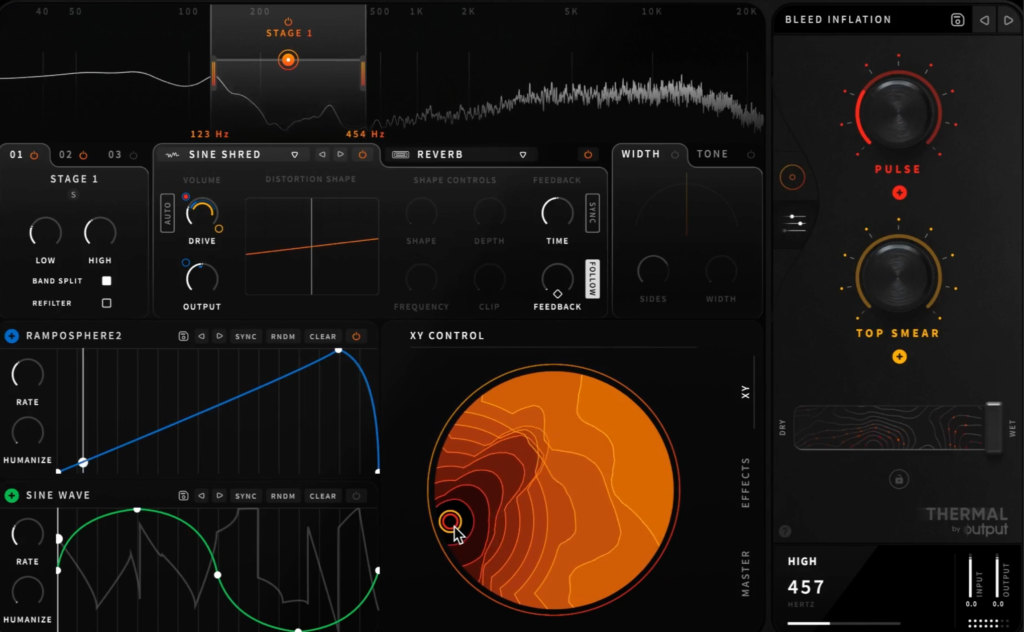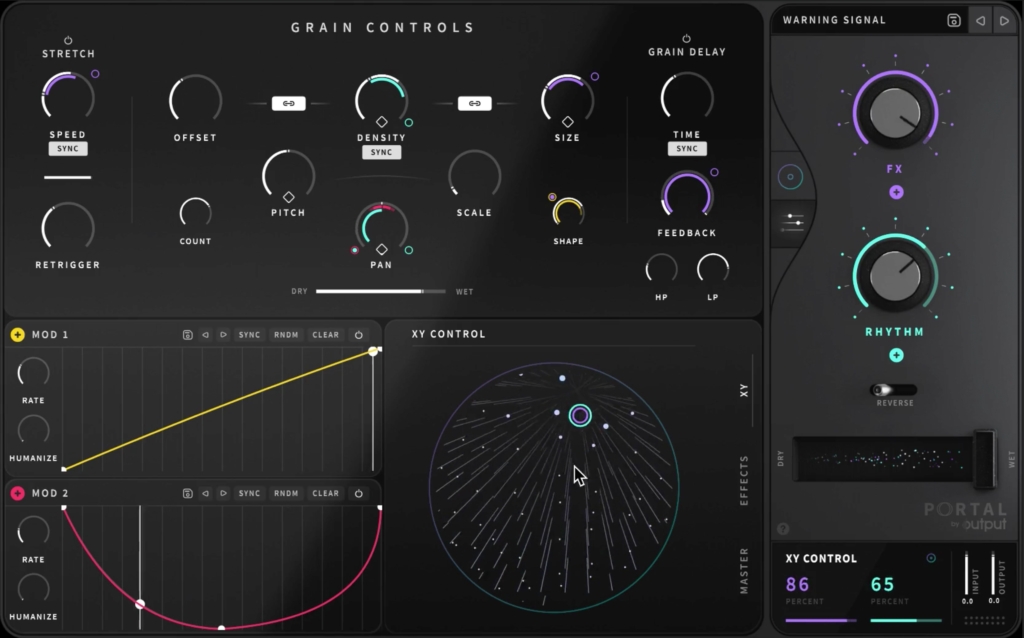In Part 1 of the topic Skeuomorphism in digital music production programs I talked about the little development of skeuomorphic design elements in common music production programs and their plugins for musicians and producers.
One of the effects of social and cultural change is that, for current generations, it is often no longer really a question of how the hardware works in detail, but simply of being able to get active in the selected area as quickly as possible and get started straight away. Music in pop culture often consists of digitally generated sounds, where the link to the original sound of an instrument is sometimes hardly recognizable anymore. What kind of access to the interface would be needed today that laymen or people without this presupposed access to analog music could use the interface intuitively, and does something like this already exist? What would an interface look like that is suitable for the complex demands of musicians and producers, but is oriented towards current design trends and new approaches?
For my research, it was also important to me to examine current music programs that may be approaching music production programs and their plug-ins with a modern design and a different, more up-to-date design. My focus is to look at other design approaches in this area and see what the possibilities are. I looked at the following examples from this field regardless of their exact function, intuition and interaction in the music industry. This was purely about new design approaches and visualizations in music production programs and plugins that stand out from the sea of similarity because of their visualization.


The examples shown above provide an insight into how music production programs and their plug-ins can also look different. At first glance, it seems that the interface is much easier to use due to the reduction of elements and the visualization of sounds in this way allows one to experience one’s own composition visually as well. It gives a glimpse into the possible future and modernization of music production programs and their plugins.
Interfaces are getting flatter and flatter. New design approaches like the flat 3D effect of neumorphism go back to the skeuomorphic direction and give flat design a new direction. These very effects of “getting flatter” and “going back” lead to a loop in design where we constantly reflect old values and thereby come back to them in new ways. These effects require haptic feedback (at least in mobile devices), because the boundaries of an analog operable element blur in digital implementation. Haptic feedback means that forces, vibrations or movements are exerted on the user via the interface. This allows the user to haptically feel what he/she is seeing and doing through a digital interface.
Through my previous blog posts, I’ve noticed the opportunities and possibilities of using the modern and intuitive design elements of neumorphism and flat design for interactions, especially in the field of music production. It would be a great experiment to see how this design approach affects music production programs and their plugins. By potentially combining this with haptic feedback or sound for controls and allowing the elements to be flatter, but still maintain their sublimity and realism for interactive use, could revolutionize the design of music production programs. At best, the results would be improving usability and an overall better user experience. By incorporating the new design trends and the simplification that comes with “going flatter“, it would also be possible to make programs more easily accessible to non-professionals or amateurs in the field.
Sources:
Portal by Output: (01.02.21)
https://output.com/products/portal
Thermal by Output: (01.02.21)
https://output.com/products/thermal
Obscurium: (01.02.21)
https://sugar-bytes.de/de/obscurium